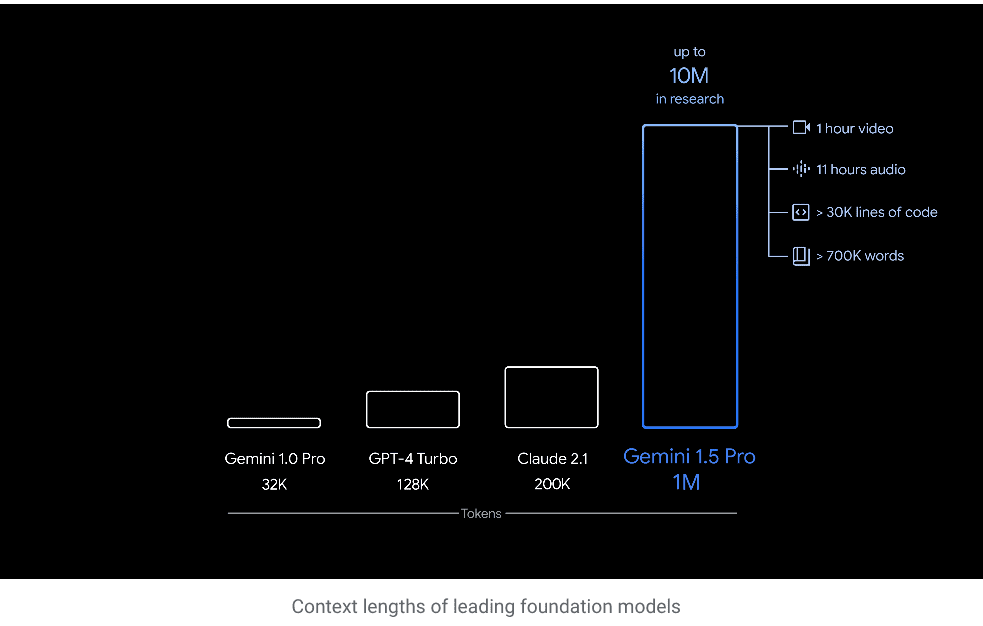
The Future of LLM Application Development
The digital landscape is always on the move, bringing with it new technologies and algorithms designed to revolutionize the way we work and interact. One advancement causing waves within artificial intelligence is the development of Large Language Models (LLM). Current LLM applications are predominantly based on two frameworks: langChain and LlamaIndex, both designed with unique features for separate use-cases. However, with the emergence of Google’s Gemini 1.5 Pro, the face of LLM application development may soon undergo a major transformation.
LangChain and LlamaIndex: Leaders in LLM Applications
LangChain and LlamaIndex have set themselves apart as the leading frameworks for LLM development. LangChain excels at creating data-aware and agent-based applications, providing high-level APIs for seamless integration with various LLMs. On the other hand, LlamaIndex caters to a different set of application development requirements. But despite their strengths, these two frameworks might soon have to contend with a fresh competitor: Google’s Gemini 1.5 Pro.
The Impact of Google’s Gemini 1.5 Pro
Google Gemini 1.5 Pro brings with it the promise of a significant impact on the future of LLM application development. This model stands out for its impressive 1M context window, an astounding leap from traditional models.
Long-Term Implications
The introduction of Google’s Gemini 1.5 Pro could potentially set new standards in LLM application development. With its enhanced capabilities, it may result in a shift in the current frameworks used, leading to an increased use of Gemini 1.5 Pro relative to langChain or LlamaIndex. This shift could stimulate changes in development practices, with a focus on harnessing the unique features that the Gemini model offers.
Possible Future Developments
This change could drive innovation in AI development, leading to new applications and use-cases being discovered. More efficient and sophisticated language-based applications could emerge, greatly enhancing user-experience and digital interactions. Further, this could also foster increased competition amongst AI development companies, potentially leading to more advanced LLM frameworks and models in the future.
Actionable Advice
- Stay updated: With the AI landscape changing rapidly, it’s vital for developers and businesses to stay abreast with the latest frameworks and models. Regularly review new releases and updates in the field.
- Invest in training: It’s crucial to invest in upskilling your teams to handle newer models like Gemini 1.5 Pro. This could involve online courses, industry seminars, or workshops.
- Explore new use-cases: Leveraging the capabilities of advanced models such as Gemini 1.5 Pro can potentially open up new applications. Explore these possibilities actively to stay ahead of the competition.
In conclusion, while LangChain and LlamaIndex continue to serve as sturdy foundations for today’s LLM application development, the introduction of more advanced models such as Google’s Gemini 1.5 Pro is set to change the landscape. Businesses and developers must prepare for these developments and adapt to stay relevant in the increasingly competitive AI industry.
